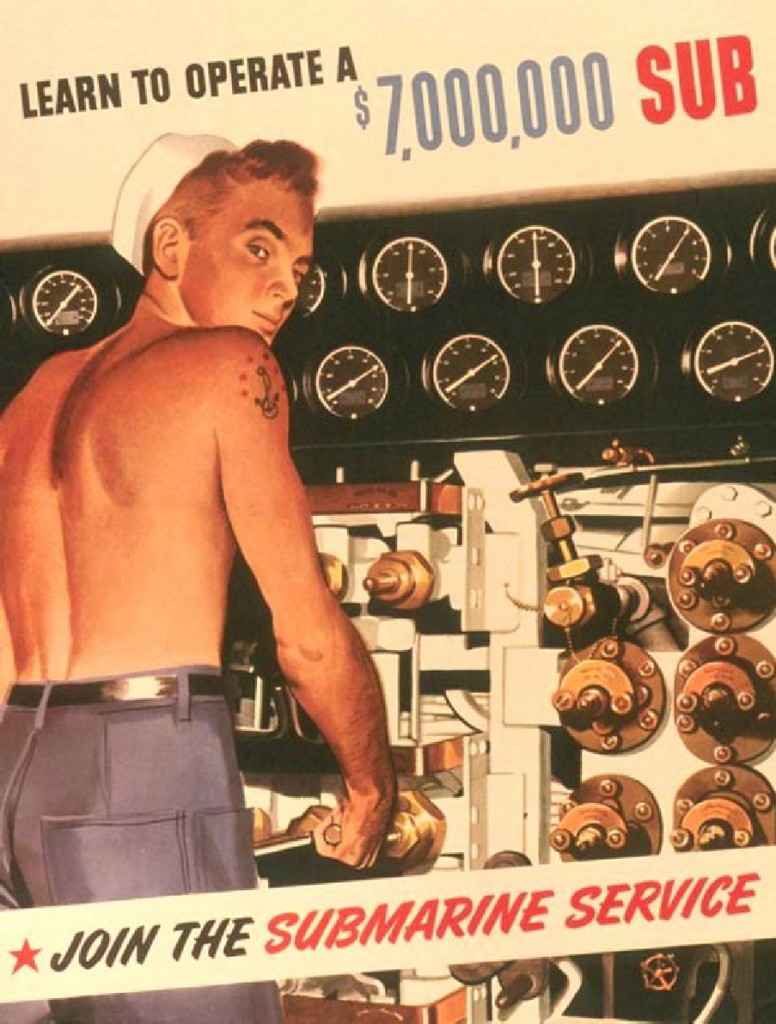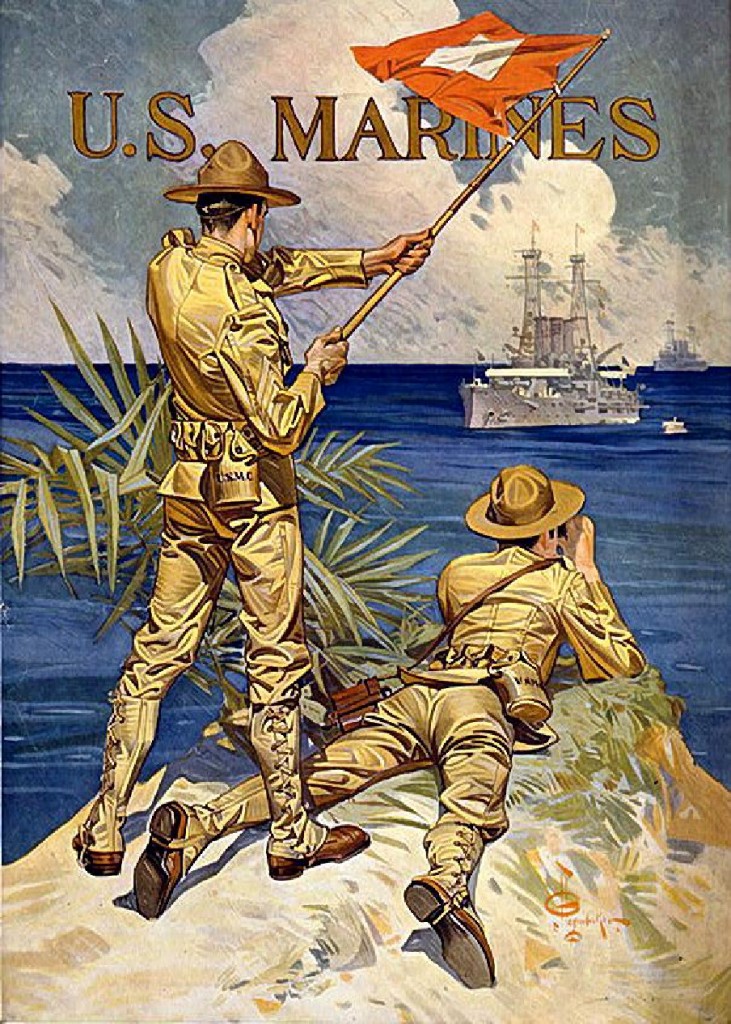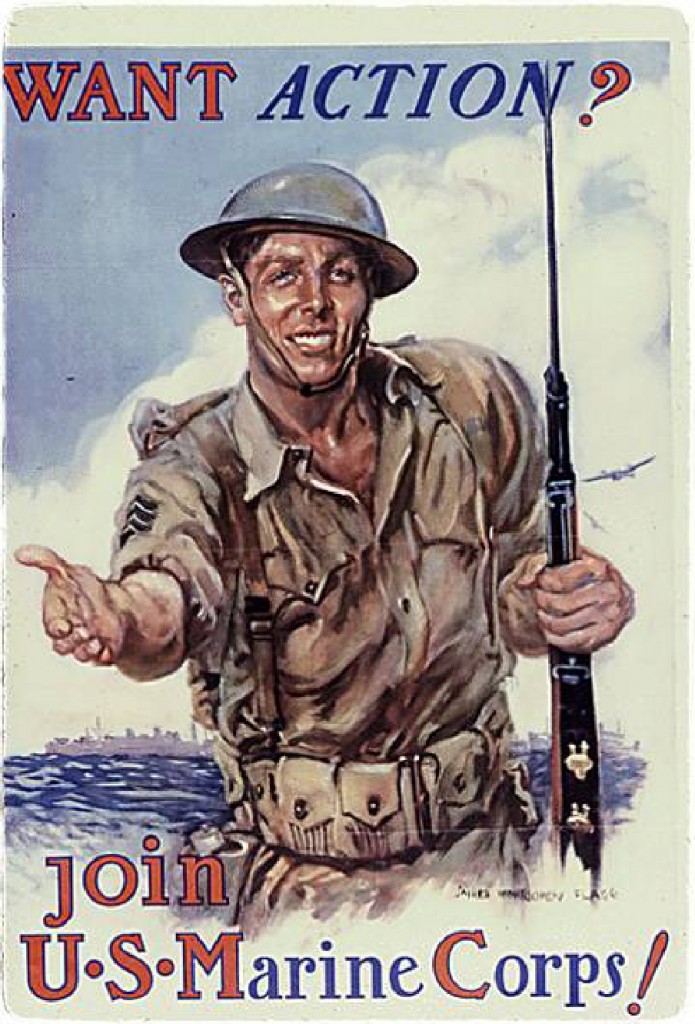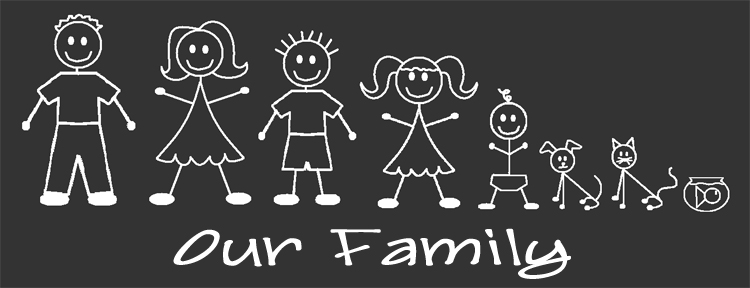Kathy H. sent in a link to a story about a start-up in Los Angeles, Scopely, that’s trying to use humor to compete with the budgets of bigger companies. Their aim is to hire engineers who are willing to trade a higher salary to get in on the ground floor of a promising, but nascent endeavor. How are they doing it? By promising silly signing-prizes, like $11,000 wrapped in bacon. Cute, right? But in their creative planning, they forgot that women exist. Here’s their list of bonuses:
Cigars and beer are masculinized items, but tuxedos, cologne, and beard grooming oil are actually for men. Maybe the spear gun is for women? They do, to be fair, show a pair of breasts operating it.
Maybe if Scopely recognized the other half of the population, they wouldn’t have to try so hard to find employees.
UPDATE: A reader, who also happens to be a female engineer, noticed that Scopely throws in another sexist (and this time heterocentrist) LOL on its job application form, where it prompts applicants to put in their girlfriend’s phone number if they’re confident (and, yes, this could include lesbians, but I don’t think that’s what they were going for):
Lisa Wade, PhD is an Associate Professor at Tulane University. She is the author of American Hookup, a book about college sexual culture; a textbook about gender; and a forthcoming introductory text: Terrible Magnificent Sociology. You can follow her on Twitter and Instagram.












